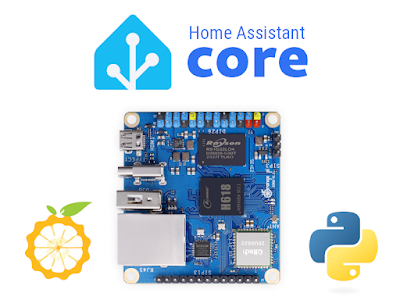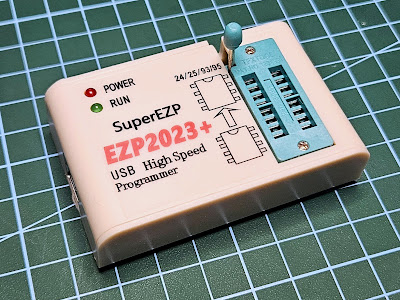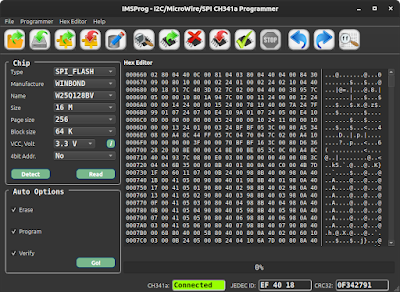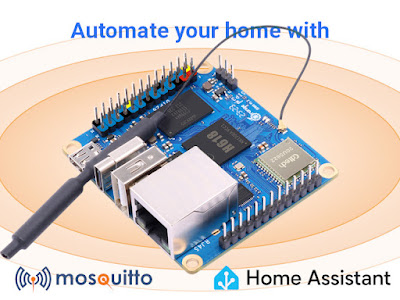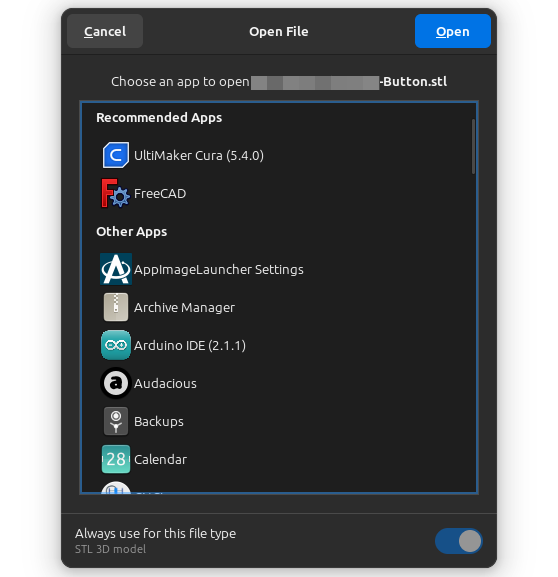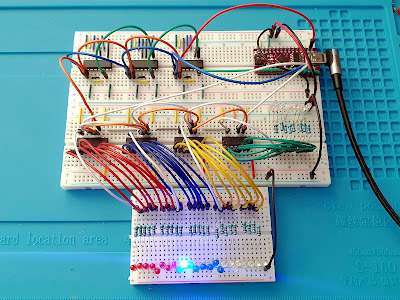-
chevron_right
Install Home Assistant Core on Orange Pi Zero 3 (part two)
pubsub.slavino.sk / onetransistor · Tuesday, 6 February, 2024 - 16:33 edit
Some time ago I decided to get Home Assistant (HASS) running on a single board computer (SBC) without knowing too much about this software. As I soon found, Home Assistant is complex software and there are multiple installation methods, more or less available depending on target hardware. In short, I got an Orange Pi Zero 3 SBC with 2 GB of RAM which I intend to use as a local home automation server.
Although the SBC has sufficient processing power for Home Assistant, I shouldn't expect too much from the limited SD card storage. I decided to give it a try anyway since I really like the small form factor of Orange Pi Zero 3 (it can directly replace the old Pi Zero with only 256 MB of RAM I am currently using for hosting a local MQTT broker). Although this guide is targeted at this specific SBC, it is very probable that you can install HASS on similar Linux platforms using the same commands.
Read more

